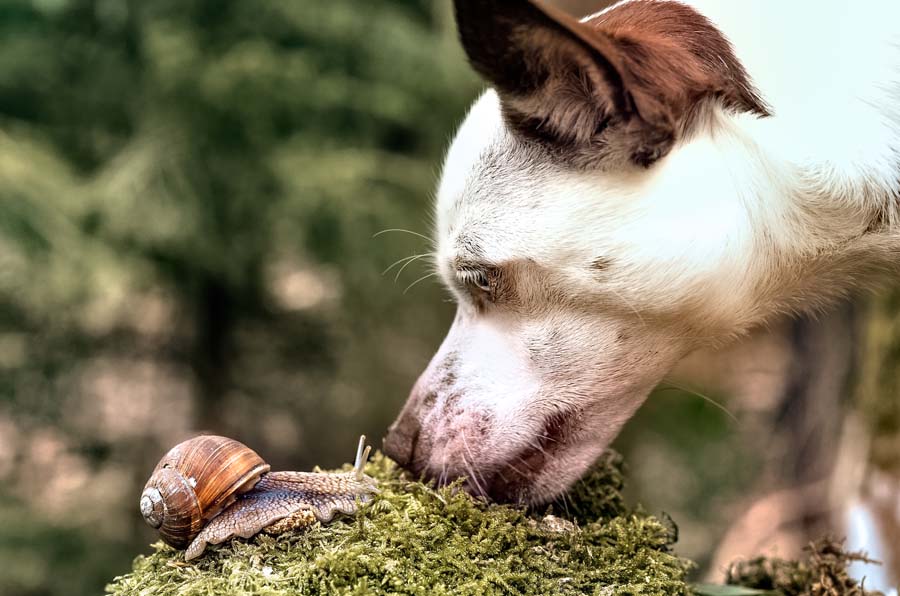A Turramurra Vet Article
Pet Poisons in the Environment

Pet Poisons in the Environment
by Dr Gretta Howard, Senior Veterinarian
Baits are used frequently in the outdoor environment to control unwanted pests such as snails, rats, rabbits and foxes, but sometimes domestic pets and wildlife become affected by these poisons too. Poisons that are designed to kill these pests, are also dangerous for cats and dogs, as they may be easily consumed on a passing walk, sometimes, without the owner even being aware. In fact, in the majority of pets affected by rat bait, the owner has no idea where the source of the poison came from.
What do I do if I think my pet may have ingested poison?
The sooner your cat or dog is presented to the vet, the sooner we can attempt decontamination, by making your pet vomit (if poison was ingested in the previous 3 hours), performing a gastric lavage (stomach pumping) and providing an antidote or treatment to reduce the risk of death. If you have a sample of the product ingested, or know the name of it, inform the vet so we can treat your pet appropriately.
What are the clinical signs seen with some of the more commonly used poisons?
Metaldehyde toxicity
Snail and slug baits are frequently used in gardens with devastating consequences for our pets. Just a tiny amount of snail bait consumed can be fatal and it is absorbed extremely quickly into the bloodstream, causing tremors, seizures and death. Fast decontamination is vital and it is important to induce vomiting prior to tremors starting, because vomiting while seizuring is dangerous. This is often followed up with a gastric lavage to empty and dilute the stomach contents.
Treatment involves suppressing the seizures with anti-epileptic medication, sometimes a general anaesthetic and 24-hour monitoring is needed until the poison is metabolised and the animal can be safely woken up.
Anti-coagulant toxicity
Rat and rabbit poisons such as bromadiolone and pindone have an anti-clotting effect on the blood so that excessive bleeding occurs. This can be internal (into abdomen, chest or brain) or external bleeding (into urine, faeces) and clinical signs occur anywhere from 3-21 days after ingestion of the poison. Pets that have ingested this bait should be made to vomit immediately, then depending on amount consumed and risk to your pet, the vet may either prescribe the anti-dote course or test your pet for clotting problems in 72 hours.
1080 poison
1080 (sodium fluoroacetate) is one of the worst poisons that can be ingested by pets with a very high mortality rate. Typically used as fox baits, 1080 causes severe convulsions, hyperthermia and death rapidly in affected animals. Treatment can be attempted with anti-convulsants, anaesthetic drugs and decontamination agents.
How can I find out about where baits have been laid in my area?
Local areas subjected to council baiting programs are usually either clearly sign-posted or listed on the Ku-Ring-Gai website:
https://www.krg.nsw.gov.au/Environment/Bushland-and-wildlife/Bushland/Feral-animals


